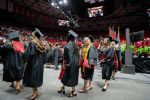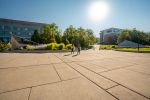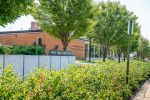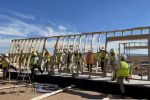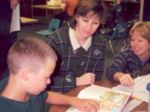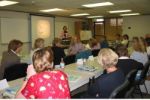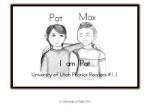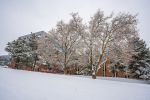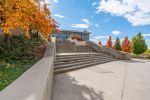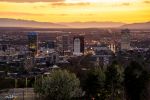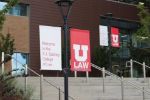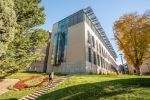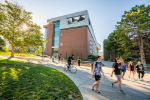- Home /
- S.J. Quinney College of Law /
- CLE Archive /
- #LivingWhileBlack: Blackness as Nuisance and the Racialization of Space
You have no items in your shopping cart.
Categories
- Bursar's Office
- English Language Institute
- Registrar's Office
- BioKids
- Department of Communication
- World Languages and Cultures
- Human Resources Management
- Emeriti Club
- Department of Linguistics
- Lassonde Entrepreneur Institute
- Youth Theatre
- School of Architecture
- Faculty Club
- Sustainability Office - Farmer's Market
- School of Medicine CME
- Family and Community Medicine
- Pharmacy Services
- John R Park Debate Society
- Veterans Support Center
- Chemical Engineering
- VP for Research
- Energy and Geoscience Institute
- Mining Engineering
- Reading Clinic
- The DIGIT Lab
- Operations & Information Systems
- Osher Lifelong Learning Institute
- Master of Business Creation
- College of Education
- International and Area Studies
- Neurobehavior HOME Program
- Pathology
- Materials Science & Engineering
- Department of Finance
- Marriner S. Eccles Institute
- Body Composition Lab
- Navigate Hub - Explore
- ASUU
- Office of Undergraduate Research
- S.J. Quinney College of Law
- Science & Engineering Fair
- Center for Research on Race, Health, Justice and Public Policy
- Second Language Teaching and Research Center
- Behavioral Health Innovation and Dissemination Center
- Assessment and Referral Services (ARS)
- McCluskey Center for Violence Prevention
- Utah Stillbirth Center of Excellence (USCOE)
- Graduate Programs & Executive Education
- Division of Physician Assistant Education and Sciences
- David Eccles School of Business - Event Space
Information
My account
Copyright © 2025 University of Utah. All rights reserved.

